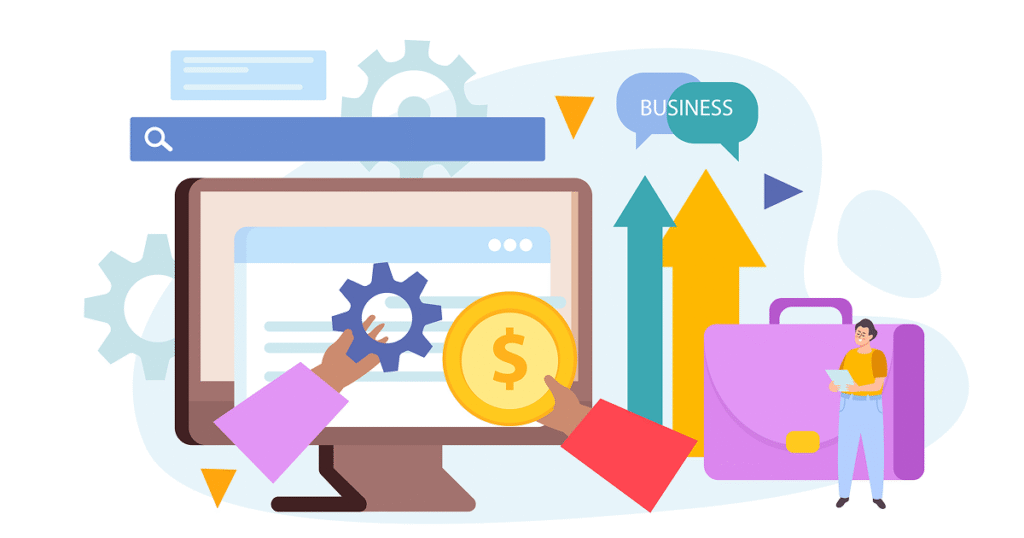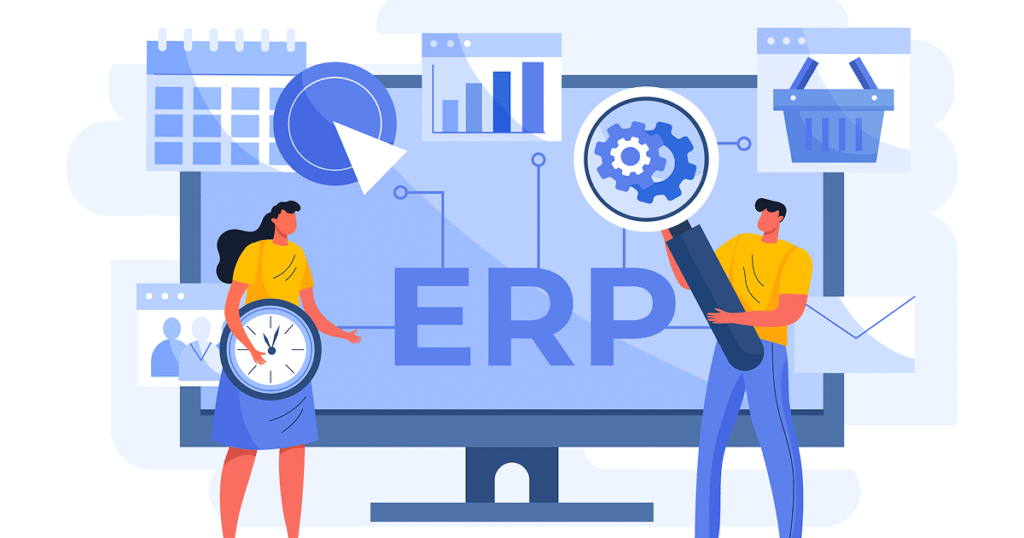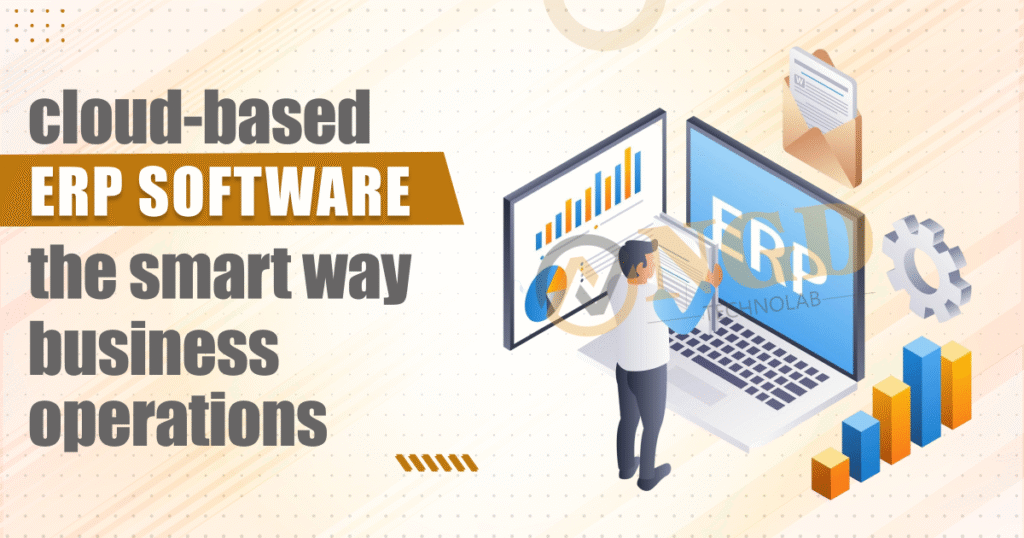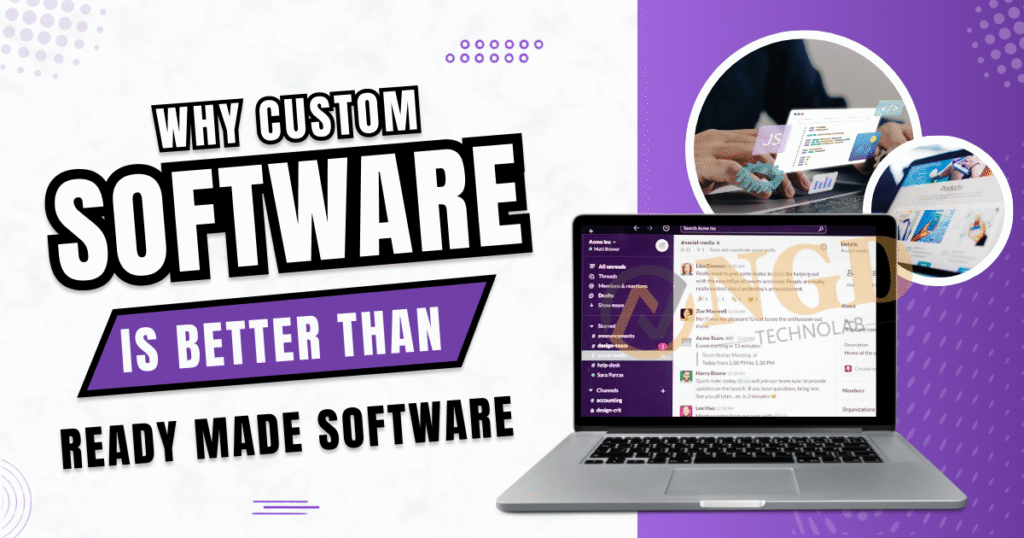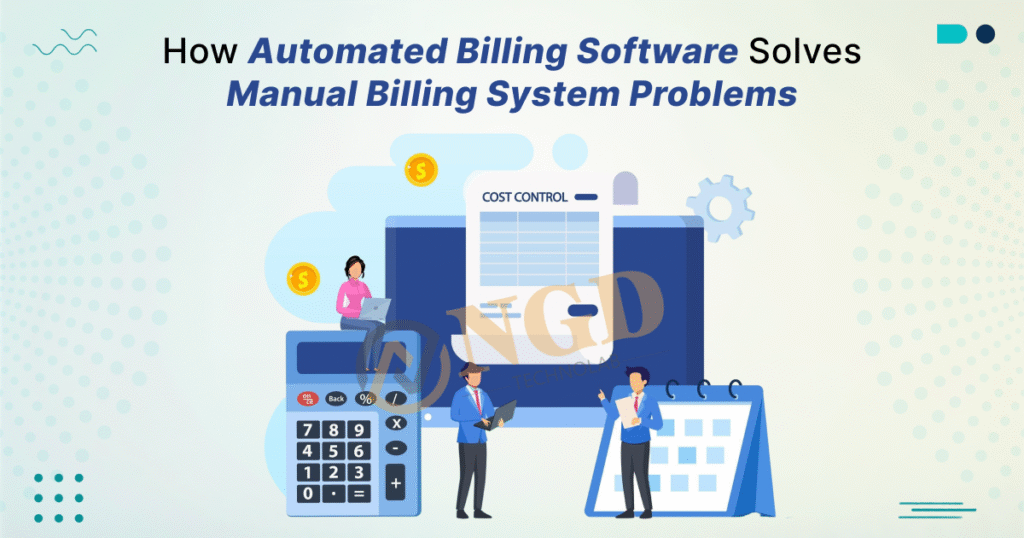Custom Software vs Ready-Made Tools: Which Saves More Money?
Custom Software vs Ready-Made Tools: Which Saves More Money? Prashant Padmani Edit Template Every business today depends on software to manage operations, customers, and data. When choosing software, companies usually face one big question: custom software or ready-made tools? Ready-made tools look affordable at first, while custom software seems costly. But the real cost is not just about the price you pay initially. It also includes long-term expenses, flexibility, performance, and business growth. This blog explains both options clearly and helps you understand which solution truly saves more money over time. Table of content Add a header to begin generating the table of contents Understanding Ready-Made Software Tools Ready-made tools are built for general business needs. Quick setup with limited customization Ready-made tools can be used immediately after purchase. They come with predefined features that suit common business requirements but offer limited customization for unique workflows. Subscription-based pricing model Most ready-made tools follow monthly or yearly subscription plans. While the initial cost looks low, these recurring charges add up over time and increase total expenses. One-size-fits-all approach These tools are designed for a wide audience. Businesses often need to adjust their processes to fit the software instead of the software fitting the business. Understanding Custom Software Development Custom software is built specifically for your business. Designed to match exact business needs Custom software development focuses on building features that support your workflow. There are no unnecessary tools or functions, which improves efficiency and usability. One-time development investment Unlike subscriptions, custom software usually involves a one-time development cost. Long-term usage often becomes more cost-effective compared to recurring tool fees. Easy integration with existing systems Custom software integrates smoothly with your current systems like ERP, CRM, or payment platforms, reducing manual work and operational delays. Also to read:- The Role of Spatial Computing in Future Mobile App Development Cost Comparison: Short-Term vs Long-Term Expenses Cost savings depend on how long you plan to use the software. Lower upfront cost of ready-made tools Ready-made software appears cheaper initially. However, subscription fees, add-ons, and upgrade costs continue year after year. Long-term savings with custom software Custom software may cost more initially, but over time it eliminates monthly payments, extra plugin costs, and feature limitations. Hidden costs in ready-made solutions Many tools charge extra for advanced features, users, storage, or integrations. These hidden costs often make ready-made tools more expensive in the long run. Scalability and Business Growth Impact Limited scalability in ready-made tools As your business grows, ready-made tools may restrict users, data volume, or features. Upgrading plans increases costs without guaranteeing full flexibility. Custom software grows with your business Custom software development allows you to add features or scale operations as needed. You only pay for what your business requires. Better performance and efficiency Custom software is optimized for your operations, reducing delays and improving productivity, which indirectly saves money. Security, Control, and Operational Efficiency Shared security model in ready-made tools Ready-made tools use general security measures for all users. Businesses with sensitive data may need additional security services. Higher data control with custom software Custom software allows full control over data storage, access levels, and security features. This reduces risks and compliance costs. Fewer operational disruptions Custom software reduces dependency on third-party providers, preventing sudden price changes, feature removal, or service downtime. Conclusion In the realm of mobile app development, choosing the right tools is crucial for success. Flutter, React Native, Ionic, Xcode, and Swift each offer unique advantages that cater to different project requirements. Consider your project’s scope, target platforms, and your development team’s skillset when making your decision. With the power of these tools, you’re well-equipped to embark on an app-building journey that yields optimal results. Frequently Asked Questions Is custom software more expensive than ready-made tools? Custom software may cost more initially, but it often saves money in the long run by removing recurring subscription fees. Why do businesses move away from ready-made software? Businesses outgrow ready-made tools due to limited customization, rising costs, and scalability issues. Can small businesses afford custom software development? Yes, many small businesses invest in custom software to improve efficiency and reduce long-term operational costs. Which option is better for long-term business growth? Custom software supports scalability, flexibility, and performance, making it better for long-term growth. How do I decide between custom software and ready-made tools? If your business needs flexibility, scalability, and long-term cost savings, custom software is usually the better choice. Latest Blogs Explore the Latest Blogs on Trends and Technology. Custom Software vs Ready-Made Tools: Which Saves More Money? Read More The Role of Spatial Computing in Future Mobile App Development Read More Best Mobile App Development Platforms in 2026 Read More Edit Template
Custom Software vs Ready-Made Tools: Which Saves More Money? Read More »

